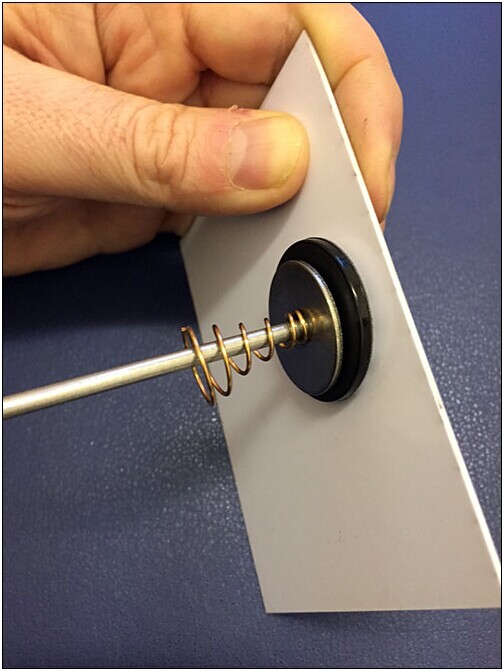
Blarney Castle Gardens is attaching Near Field Communication (NFC) tags to its 2,000-plus collection of trees to help gardeners easily access historical data about specific trees, as well as update records with the services being provided. Equipped with NFC-enabled Android smartphones, employees can access data regarding which tree they are working with and what has been done to it, and the system will also allow them to input such details as the pruning or inspection provided on a specific day.
However, the ZipNFC solution employed by the castle's gardening staff offers another benefit, head gardener Adam Whitbourn reports: It allows anyone equipped with an NFC-enabled tag, without an app, to capture data from the trees' tags, including each tree's species, pictures, information about the geographic area from which it originates, and how well it might grow in their own gardens. Blarney Castle Gardens began tagging trees in November 2014, and expects to have its entire collection tagged by March or April of this year, at which time the castle will also provide the public with access to some data. In the meantime, garden personnel are already using the technology to track the work they do in the garden.
To tag its larger specimens, Blarney Castle Gardens places ZipNFC's 30-millimeter RFID tags behind an informational plaque, which is then nailed to the tree's trunk.
The Irish Blarney Castle is famed for its Blarney Stone, where visitors reputedly can gain the gift of gab by giving the stone a kiss. Most visitors have historically come to see—and kiss—the stone, and then walk throughout the castle, leaving the site without fully seeing its 60-acre garden, which includes one of Ireland's largest collections of international trees and shrubs. Beyond the gardens, approximately 6 kilometers (3.7 miles) of trails traverse a 4,500-acre forest and lake with many native trees of interest as well. The forest includes a 1,000-year-old yew tree, for example, while the gardens feature many rare trees from Asia, Europe and North America.
While the castle wanted to encourage visitors to spend some time enjoying the beauty of the gardens and forest, Whitbourn says, the initial goal was to better manage the care of the trees and plants. As in most gardens, Blarney Castle's staff conduct periodic tasks to care for the tree and plant collection, including pruning, inspecting and watering. To create a record of what had been done, as well as the condition of any particular tree or plant, workers previously carried pen and paper, manually inputting data into the castle's database.